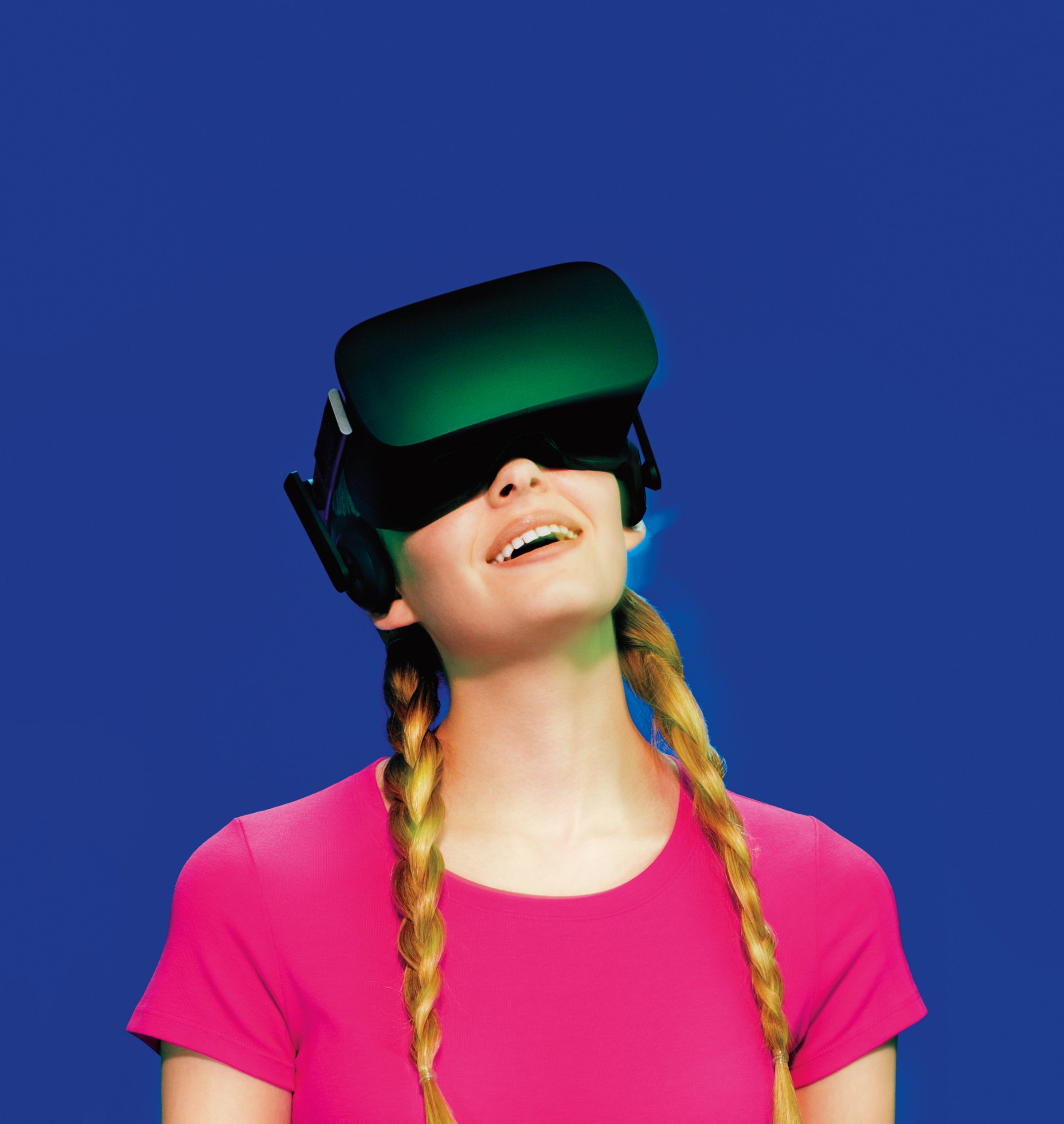
The first version of the Gettysburg Cyclorama was created in 1883 by a French artist named Paul Dominique Philippoteaux. It was an enormous circular painting, depicting the Battle of Gettysburg at the moment of Pickett’s Charge, that wrapped around the viewer completely: you stood inside it. It was 22 ft. high and had a circumference of 279 ft.
The effect was enhanced by actual earthworks and broken trees and fences set up in front of it, in the foreground, which also hid the bottom edge of the canvas. Audiences were enthralled. Veterans of the battle wept. It may have been the most immersive media experience of its day. “I never before had an idea that the eye could be so deceived by paint and canvas,” said General John Gibbon, who led a division at Gettysburg. “It was difficult to disabuse my mind of the impression that I was actually on the ground.”
The Gettysburg Cyclorama wasn’t the first of its kind. In the late 1800s there was a bit of a craze for cycloramas–they represented a step forward from the panorama, which was a large painting that was gradually unscrolled in front of the viewer, left to right. They were the expression of an enduring human ambition, one that has always hovered teasingly just out of reach: to create a work of art without a frame, that encompasses the audience’s entire sensorium, replacing reality with illusion like a waking dream. We’ve renamed this old idea virtual reality, and it’s getting new life in a cluster of impressive consumer-technology releases: Oculus Rift, which went on sale March 28, and the HTC Vive, out April 5, as well as Sony’s PlayStation VR, scheduled for this fall.
Most earlier attempts at virtual reality had something in common: they died. They were novelties–they didn’t stick as serious media. No one paints panoramas or cycloramas anymore. The stereoscope–which created the illusion of depth using two slightly offset images–is largely gone, though it has an honorable afterlife as the Mattel View-Master. Gone is the Sensorama, invented in 1962, which incorporated 3-D video, stereo sound, wind and smells. (The less said of Smell-o-Vision and AromaRama the better.) The closest thing to a successful immersive mass medium right now is Imax, of which there are about 1,000 locations around the world.
What killed them? And will it kill Oculus and the Vive too? One culprit was cost: people complain about the heavy system requirements for Rift and Vive, but to run a cyclorama you had to build an entire building to house it. Another problem was a lack of content–it’s tough to get talented creators to sign on to an untested medium.The hardware required to capture and subdue the human senses has also tended to be fatally cumbersome. In 1968 scientists at MIT’s Lincoln Laboratory built a groundbreaking head-mounted display, but it was so heavy it had to be suspended from the ceiling over the user, which earned it the nickname “the Sword of Damocles.”
Vive and Oculus aren’t nearly that awkward, but you can’t quite ignore them either. Both headsets weigh about a pound, enough that you feel them on the bridge of your nose, and they leave an after-imprint on your face. Putting one on requires a gut-check moment: when you enter virtual reality you leave your body behind in the real world in a state of significantly diminished dignity. They’ve cracked the content problem–game developers and Hollywood are scrambling to fill the void–but they’re not cheap: $599 for the Oculus and $799 for the Vive, not even counting the exceptionally powerful PC you need to deliver the high frame-rates (90 per sec.) that virtual reality requires.
That said, they do deliver something genuinely new: a qualitatively different kind of illusion that leaves you with only the barest tactile toehold in reality. They create a sense of “presence” (it’s become a term of art in VR) in a synthetic world that would have made Philippoteaux snap his paintbrush in envy. The frame is finally gone for good.
Now the key to VR’s survival is whether it can become not just fun, but necessary. Everybody liked the cyclorama, but people like a lot of things, and most of them are cheaper than VR and don’t involve strapping a headset to your face. What remains to be seen is how well VR can deliver nonfun, nonoptional experiences: social connections (that’s why Facebook bought Oculus Rift for $2 billion two years ago) and productivity applications. When your boss makes it mandatory, when your family demands it, that’s when VR will go from a novelty to genuine mass medium. It’s great to be wanted. What VR needs now is to be needed.
More Must-Reads from TIME
- Why Trump’s Message Worked on Latino Men
- What Trump’s Win Could Mean for Housing
- The 100 Must-Read Books of 2024
- Sleep Doctors Share the 1 Tip That’s Changed Their Lives
- Column: Let’s Bring Back Romance
- What It’s Like to Have Long COVID As a Kid
- FX’s Say Nothing Is the Must-Watch Political Thriller of 2024
- Merle Bombardieri Is Helping People Make the Baby Decision
Contact us at letters@time.com